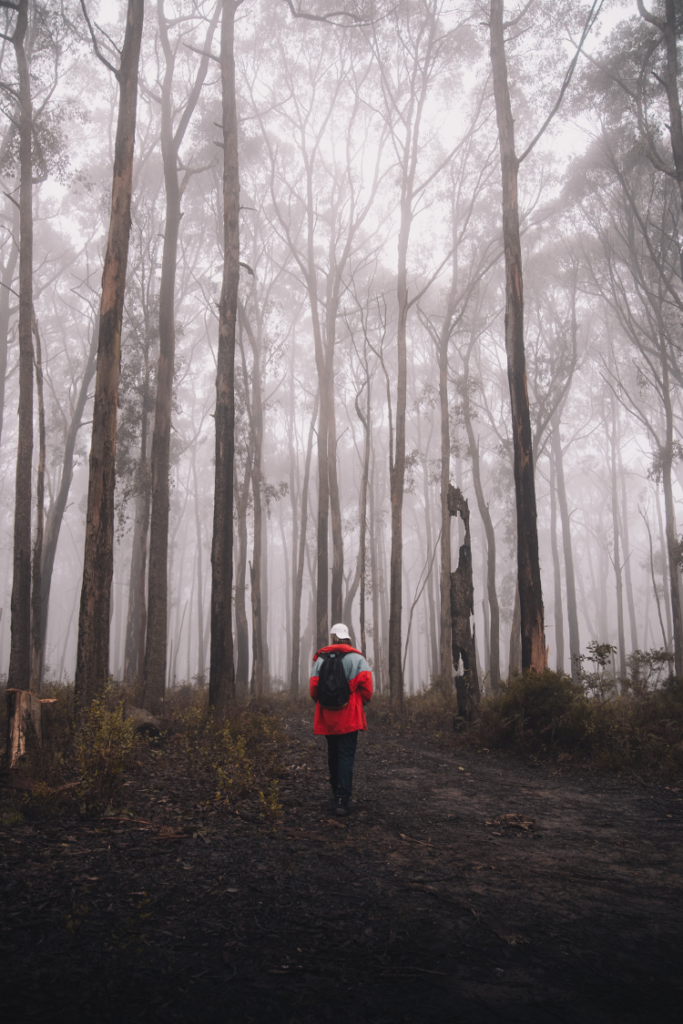By Michael Shook
In 1972, when I graduated high school, there were about 3.4 million residents in the entire state of Washington. In 2022, there were 4.5 million residents of King, Pierce, and Snohomish counties alone. The state is now home to roughly 7.8 million people, with another million estimated to arrive during the next 10 years. The Puget Sound basin has the most and best jobs, and the most hospitable climate, and so immigrants settle here more than anywhere else in the state.
For years, this was a relatively quiet part of the country, almost an afterthought to the rest of the nation (save for Boeing aircraft, and that companies’ Senators, Maggie and Scoop). Other than that, we were a backwater, nothing but rain and trees. When I taught skiing for a season in Colorado, just after high school, I met two girls from Boston. Upon learning I was from a rural Washington town, they wanted to know – were there paved roads? Did I have a phone?
I think we were put on the map, and the national consciousness, back in the late 1970s – I blame Don James and the prominence achieved by the University of Washington Huskies (and later, the Seahawks and Mariners). People realized what a beautiful place it was, and, well … in they poured. The first wave to have enough of an impact (that I noticed) arrived in the 1980s. That decade, too, saw an influx of about a million, and the landscape changed very quickly.
I’ve thought of this as I’ve driven around the Island, and seen the signs noting that we live on the traditional lands of the Swiftwater people. That set me thinking about previous dwellers. People like me, for example, who’ve called the Puget Sound basin home for their entire lives. People like the many Vashon-Maury residents who’ve been here for decades, whose families go back farther than that, and who can no longer afford to live here, or whose children will have to go somewhere (where?) to find affordable housing, and sustaining work.
It’s an old story. I doubt there is a people anywhere that has not been overrun, shoved aside, massacred, and done wrong. It is a most human endeavour. My Scottish ancestors were booted off their lands by the English, moved to Ireland (displacing native-born Irish), then had to hit the road again. On my Dutch side, folks stayed put, and drove the Spanish out. But in 1769, ancestor Hermanos Shook left Holland, sailing to Virginia. Perhaps he just wanted an opportunity in the “New World.”
And it’s not just Europeans that displace others. Contrary to the romantic vision some have about the Indians of North America, the natives here spent a great deal of time and energy doing their best to kill their neighbors and take their resources (sounds familiar!). In the upper Ohio river valley, the Iroquois walloped the Osage, driving them down to the junction of the Missouri and Ohio rivers. The Comanche scourged the Apache out of the southern plains and into the high desert, the Blackfeet clobbered the Shoshone, the Crow nation was defined by constant warfare with the Sioux, the Sioux were hounded from the Great Lakes region by the Ojibway and Cree, and so on and on.
Close to home, in 1847, the much-revered Chief Sealth led what was described by one of his own warriors as a “war of extermination” against the Chimacum people, and in a battle at the namesake area of Chimacum, slaughtered what was left of the eponymous tribe (a few surviving women and children were then enslaved). Even today, there is a conflict between people claiming their tribal heritage as Duwamish, while other interests (Muckleshoot, Suquamish, Puyallup, and Tulalip) declare they are the true Duwamish people.
Well, there’s not much to be done about it – “it” being the influx of “outsiders” (however defined) – or the ensuing, usually ugly conflicts that accompany intractable problems, prodigious challenges, and the inevitable displacement of someone or another (salmon and Orcas included).
The upshot of all this is that, in the past 50 years, I’ve watched as the Puyallup, Sumner, Orting, and Auburn valleys were converted from farmland to malls and housing developments, “concretized” in the process, with miles of roads criss-crossing and connecting it all. The rich topsoil deposited by the flooding Green, White, and Carbon rivers over thousands of years (the rivers now “tamed” by flood control dams) was scraped off and sold to developers in other areas for lawns.
The long valley stretching north and south from Renton to Sumner used to hold a handful of dairy farms, and would fill with so much water in winter that the cows would bunch up on high ground as shallow lakes formed, then filled with thousands of migratory ducks and geese. Now, it’s a freeway, bordered by tilt-up warehouses.
We kid ourselves thinking that we can cram so many people into an area – any area, but especially one like ours, wedged on a narrow strip of land between the mountains and the Salish Sea – and not bear witness to the sorrowful alteration and destruction of the very lifeforms that made the place what it is, or rather what it was.
Time, destroyer of all, continues its march. And everything changes …

